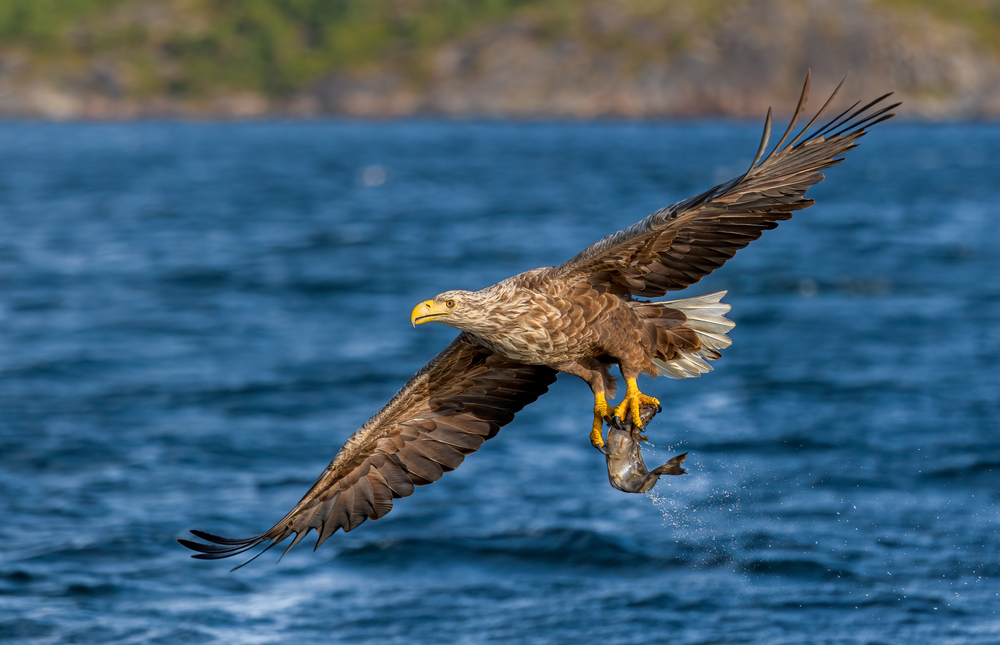Europe’s largest vulture species is now making a remarkable comeback.
Others are reading now
Europe’s largest vulture species, once on the brink of extinction due to human activity, is now making a remarkable comeback, thanks to decades of conservation efforts.
According to IFLScience, the white-tailed eagle, a majestic bird threatened by human encroachment, climate change, and highly pathogenic avian flu, has seen its population rebound significantly.
Plundered Nests
Back in 1975, the species faced dire straits as egg collectors plundered nests, pushing them closer to extinction.
It wasn’t until 1984, when Dave Sexton was hired to protect the first nest on Scotland’s Mull Island, that the tide began to turn. Just a year later, ecologists celebrated the hatching of the first chicks. Sexton recalls witnessing the first hatchling emerge and grow, marking a pivotal moment in the bird’s recovery.
Also read
Today, with 23 breeding pairs of white-tailed eagles thriving on Mull Island alone and over 150 across Scotland, scientists breathe a sigh of relief knowing that one of the world’s largest vulture species is finally on the path to survival.
Ongoing Conservation Efforts and Challenges
Despite the successes, conservationists emphasize that the work to save these magnificent vultures is far from over.
Persistent threats like highly pathogenic avian flu continue to pose significant risks. Researchers have documented cases where chicks perished after being fed contaminated food by their parents, highlighting the ongoing challenges faced by these vulnerable birds.
Efforts to safeguard some of the world’s largest vultures remain a top priority for scientists. They underscore the need for continued vigilance and support to ensure the long-term survival of the white-tailed eagle and other threatened species in Europe.
Looking Ahead: Hope and Challenges in Bird Conservation
As Europe celebrates the resurgence of the white-tailed eagle, conservationists remain cautiously optimistic about the future.
While significant progress has been made in protecting these iconic birds, the battle against human-driven threats and environmental challenges continues.
Scientists and wildlife advocates stress the importance of ongoing research, public awareness, and policy measures to secure a sustainable future for Europe’s avian treasures.


